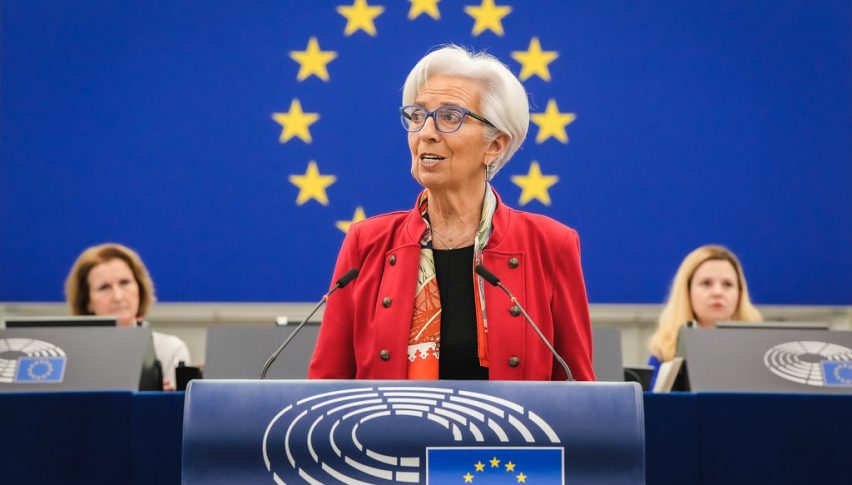Eurozone Inflation Drops Below ECB Target, Fueling Rate Cut Bets
Advocates of a more cautious stance warn that inflation could rebound sooner than expected, especially given elevated geopolitical tensions.

Quick overview
- Eurozone inflation fell to 1.9% in May, below the ECB's target of 2%, driven by lower service sector costs.
- Market expectations for a near-term ECB rate cut have increased, with another cut likely this Thursday.
- Core inflation also decreased to 2.3%, indicating persistent disinflationary trends amid moderating wage growth and declining energy prices.
- Diverging short-term and long-term inflation outlooks present a policy challenge for the ECB, as future inflation risks remain.
Eurozone inflation unexpectedly fell below the European Central Bank’s (ECB) target last month, driven by surprisingly subdued service sector costs.

This reinforces market expectations for a near-term rate cut, even as longer-term inflationary pressures persist due to global trade tensions and structural risks.
Consumer price inflation across the 20 countries that use the euro slowed to 1.9% in May from 2.2% in April—below the 2.0% consensus forecast—helped by falling energy prices and a sharp drop in service inflation.
Core inflation, a key gauge that excludes volatile items like energy and food, also eased significantly to 2.3% from 2.7%, largely due to a deceleration in service price growth to 3.2% from 4.0%, according to Eurostat, the EU’s statistics agency.
The ECB has already cut interest rates seven times since last June, and another cut this Thursday is almost fully priced in. Moderating wage growth, declining energy costs, a strong euro, and subdued economic momentum all support the case for continued disinflation.
Given the clear downward trend in inflation—particularly in the services sector—a rate cut this Thursday appears virtually assured, with further monetary easing likely later in the year. Inflationary pressures are so muted that some economists forecast consumer prices to remain below the ECB’s 2% target for the rest of 2025, not returning to target until sometime in 2026.
“The sharp drop in both headline inflation to 1.9% and core inflation to 2.3% is a strong signal that sub-target inflation remains a real possibility for the ECB,” one analyst noted.
Diverging Trends Pose a Policy Challenge
This sets up a dilemma for the ECB, as short-term and long-term inflation outlooks diverge. While the current data point to easing price pressures, a range of forward-looking factors could rekindle inflation down the line.
As a result, investors expect the ECB to pause rate cuts after a likely reduction to 2% in June, with perhaps only one more cut later this year, possibly in the autumn. Markets currently assign roughly a 30% chance to a third cut, which would bring the deposit rate down to 1.5%.
Interest rates are now considered firmly in “neutral” territory—neither restraining nor stimulating growth. For some policymakers, this is a reason to pause and assess how volatile U.S. trade policy may affect the eurozone’s economic trajectory and price dynamics.
Advocates of a more cautious stance warn that inflation could rebound sooner than expected, especially given elevated geopolitical tensions across multiple regions.
- Check out our free forex signals
- Follow the top economic events on FX Leaders economic calendar
- Trade better, discover more Forex Trading Strategies
- Open a FREE Trading Account